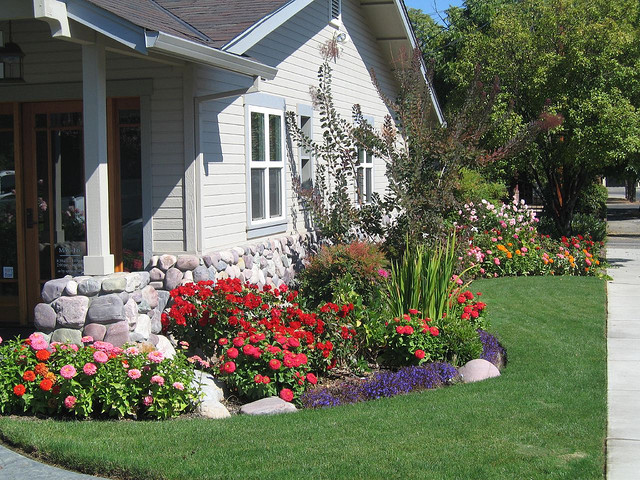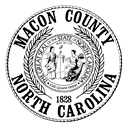Landscape Focus for Homeowners
go.ncsu.edu/readext?607219
en Español / em Português
El inglés es el idioma de control de esta página. En la medida en que haya algún conflicto entre la traducción al inglés y la traducción, el inglés prevalece.
Al hacer clic en el enlace de traducción se activa un servicio de traducción gratuito para convertir la página al español. Al igual que con cualquier traducción por Internet, la conversión no es sensible al contexto y puede que no traduzca el texto en su significado original. NC State Extension no garantiza la exactitud del texto traducido. Por favor, tenga en cuenta que algunas aplicaciones y/o servicios pueden no funcionar como se espera cuando se traducen.
Português
Inglês é o idioma de controle desta página. Na medida que haja algum conflito entre o texto original em Inglês e a tradução, o Inglês prevalece.
Ao clicar no link de tradução, um serviço gratuito de tradução será ativado para converter a página para o Português. Como em qualquer tradução pela internet, a conversão não é sensivel ao contexto e pode não ocorrer a tradução para o significado orginal. O serviço de Extensão da Carolina do Norte (NC State Extension) não garante a exatidão do texto traduzido. Por favor, observe que algumas funções ou serviços podem não funcionar como esperado após a tradução.
English
English is the controlling language of this page. To the extent there is any conflict between the English text and the translation, English controls.
Clicking on the translation link activates a free translation service to convert the page to Spanish. As with any Internet translation, the conversion is not context-sensitive and may not translate the text to its original meaning. NC State Extension does not guarantee the accuracy of the translated text. Please note that some applications and/or services may not function as expected when translated.
Collapse ▲What are your landscape plants telling you? Now is a good time to stroll around the landscape and be observant. Look at the new growth on the trees and shrubs. There should be several inches on the ends of the branches. (The new growth generally follows flowering, on spring flowering plants.) This growth is an “indicator of progress”. Also look at the tops of old shade trees in the yard. There should be foliage all the way to the tips. If the ends are bare, there may be some future, serious problems.
The groundcovers should be in a full growth period. New growth should be apparent on liriope, English ivy, periwinkle and pachysandra. If new growth from this spring season is not visible, or is less than normal, then investigate the problem; environmental stress, poor drainage, low nutrient availability, pH problem, construction damage to the root zone area or possible chemical injury. Be sure to check for insects. Aphids, mites and scales are serious problems.
Summer Bedding Plants: Finish planting summer color beds. Don’t take any shortcuts in the soil preparation stage. In order to maximize top growth and flowering performance, there has to be good root establishment and growth. This will only occur in well tilled, organically amended beds.
June Pruning Tips: The appearance of many shrubs can be improved with a gen
eral pruning at this time of year. With new growth averaging 6-8″ long, many evergreens are getting slightly out-of-bounds. Now is a good time to take hand pruners and shape them up. This shaping is difficult to do with electric or manual shears. Individual branches and stems need to be cut back inside the plant with hand pruners. This will reduce the overall size of the plant and also reshape it. Shears basically cut on one plane, giving that flat outer shape. It will take a lot longer, but the immediate look and subsequent growth will be worth the trouble. Formal hedges (bowling balls and boxes) can continue to be sheared.

Color Flower Beds




